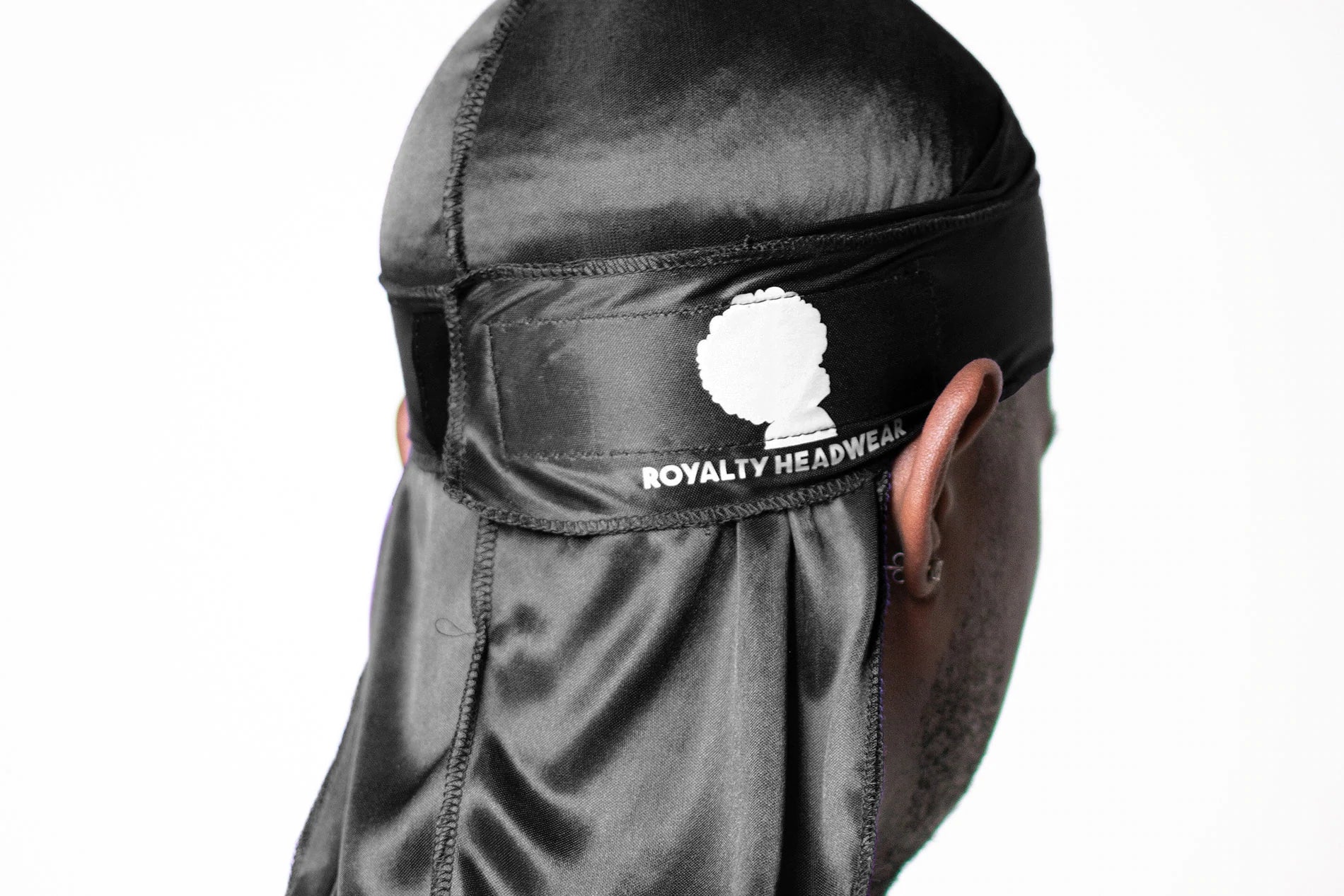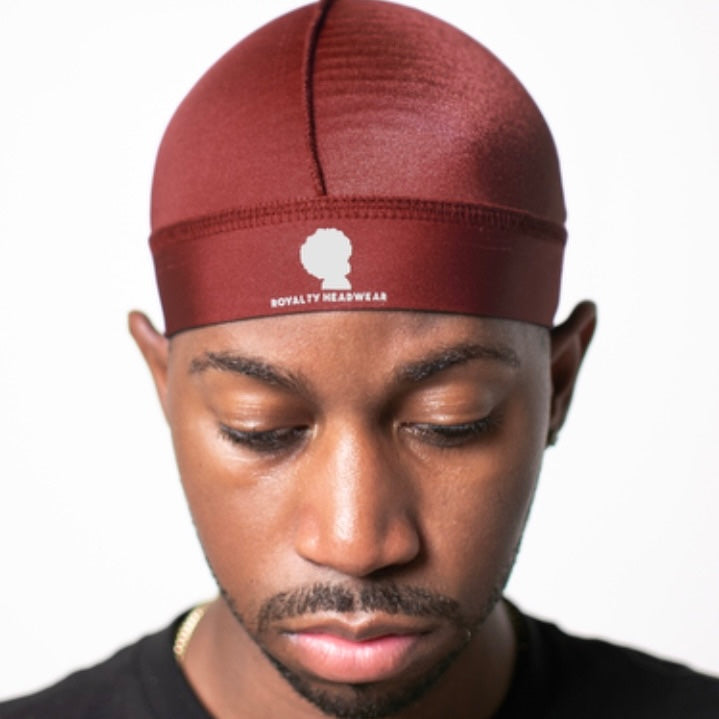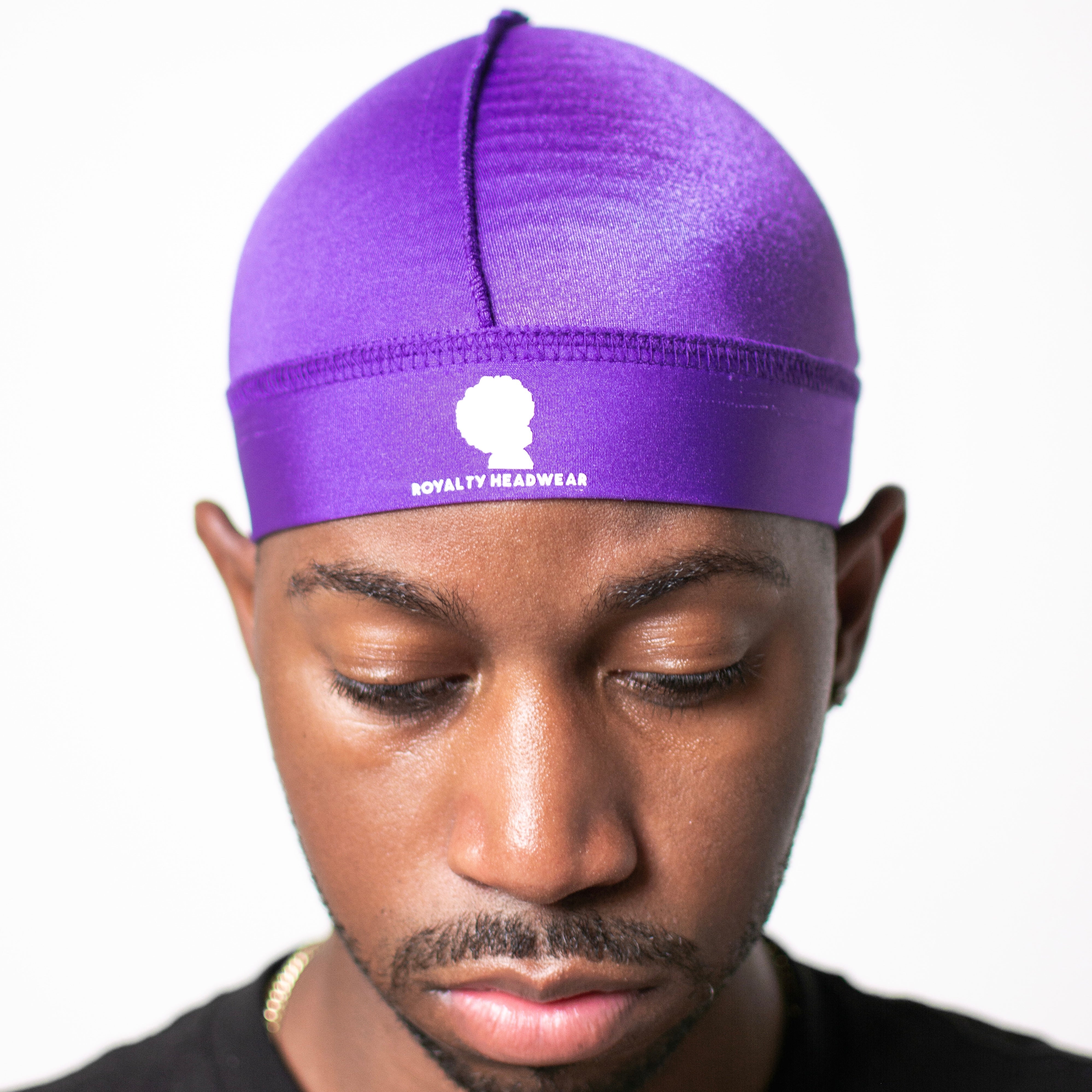Most people think waves are just about brushing, but there’s real science behind them. Waves form because of the way curly hair grows and how compression redirects that growth into a pattern. Understanding the science makes you respect the process even more.
Hair Growth & Curl Pattern 🔬
Curly hair naturally spirals. Brushing aligns these curls, flattening them into wave-like ridges.
Compression Matters 🌀
Durags and Wave Caps hold hair in place, forcing curls to “train” in a new direction. Without compression, hair reverts.
Moisture & Flexibility 💧
Moisturized hair is more flexible. That’s why oils + Silky Durags are essential — dry hair breaks, hydrated hair bends.
FAQs
Q: Can straight hair form waves?
👉 Only with enough curl pattern. Some textures can’t hold waves.
Q: Why does wolfing help?
👉 More length gives curls more to train, making waves deeper.
Q: Does product type affect wave formation?
👉 Yes. Light oils enhance flexibility; heavy pomades weigh hair down.
🚀 Pro Tips
-
Brush consistently to “train” your natural curl direction.
-
Moisturize daily for flexible, healthy wave formation.
-
Always finish with a durag session — compression is science at work.
Final Thoughts
Waves aren’t magic — they’re science. Brushing directs growth, moisture keeps hair flexible, and compression locks it in. Respect the process, stay disciplined, and you’ll see results. A Silky Durag, 360 Waves Durag, and Wave Cap are the tools that make the science work for you.




